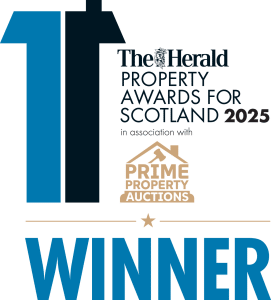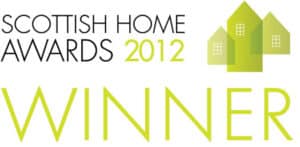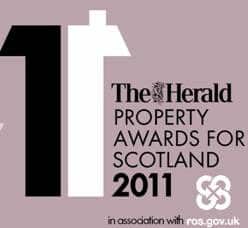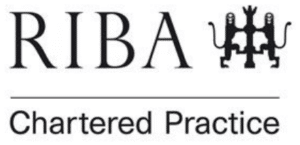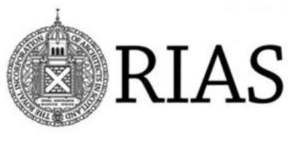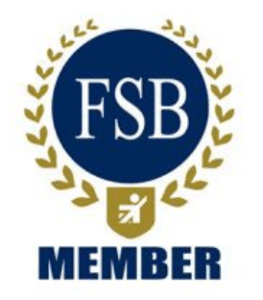Montage of Fiona sketching; video by Iona Robinson
Sketching is the way I process my thoughts about every project. I feel very comfortable with a black felt pen and a sheet of paper. It’s the way I develop ideas from the client and apply my and their thinking to what will work where on the site.
************************************************************************************************************************************************
At the start of this film, I’m simply setting out north, south, east and west points, just getting the orientation of the site into my head. I’m plotting where sunlight will come from, and also assessing an order of priority – where the best points are, for sun, views, position. I often rate areas of the site 1-5, with 1 being the best spot. Then I’m thinking, OK, I’ll put the best rooms in the best spots.
************************************************************************************************************************************************
I sketch at all the early stages of the process, from the first meeting with the client until the design has become what it should be. It can also be a good way to show a client how we’re thinking. A quick sketch can be easier to understand than a plan.
For this project, I’d been on site, got the brief from the client and thought about things a lot. Sometimes I’ll start by asking myself, ‘Where would I pitch a tent on this site? Where would my door be? Where will the sun be when I wake up?’ It’s a good way of going back to basics.
************************************************************************************************************************************************
This was a project to extend an existing Arts and Crafts house, including a new swimming pool and large bright new living space as well as new bedrooms and a reworked interior. The client wanted maximum drama for the extension and we had to marry that with the existing C-listed house.
My tracing paper is put over a plan that we’ve created of the existing house. I usually have an ordinance survey map underneath too, showing boundaries and nearby existing buildings, too. It gives me the best idea of scale and size. I will know from the brief what size and volume the various spaces should be.
If we’re designing a newbuild from scratch then I’d just have the plot plan and the ordinance survey map.
I will have looked at Google Maps and taken photos nearby to get a good idea of what the neighbouring properties look like.
So, at the point when I start sketching, there may have been a couple of weeks during which I’ve been pondering and thinking creatively about what will and won’t work. I will have pinned down key drivers, like scale, and have an idea of where the main rooms and entrance will be, how sunlight will work and how spaces will flow into each other. But design always involves change until it’s exactly right, so I keep flexibility in mind.
*************************************************************************************************************************************************
Further on in the film, I’m sketching out the massing. The cross-hatched bits are flat roof – the roof informs how the building is massed. It helps me understand how the space will work; which way the ridge is orientated for example. Where I draw a big circle is where I’m thinking we should design the sizeable extension. There’s space there and I’m thinking about where the entrance will be and how it would all flow from the driveway, and the appearance from the road, too.
Putting it there means it wouldn’t affect the principal elevation of this C-listed building. And it creates loads of space on the other side of it to put the new swimming pool. It’s also possible to break away from being traditional as it can’t be seen from the road.
Anything contemporary needed to be in the more private part of the site, to pay respect to the street and the history of the building. We’ve already discussed this with the client.
*************************************************************************************************************************************************
An issue with this property is that a former alteration had put the large kitchen in a slightly awkward place. This meant that making everything flow between old, newer and new needed careful consideration.
The questions in my head were, ‘The kitchen will be too far from this new extension, so how will we get the right flow? What do we need to happen?’ So, I draw a circle over that kitchen area on the left-hand side of that house – to allocate where the flow is going to have to happen from. That’s me pinpointing a problem to solve.
So, I’ve determined where that extension will work well. Then I’m wondering where the stair would go and again considering the interior flow and how to get it right: getting from that kitchen to the new entrance and from the new entrance to the new block on the right-hand side; how it will feel. The sketching gives me clues about how to solve it. I can see where the staircase won’t work, because it will get in the way of that flow.
*************************************************************************************************************************************************
I also note where the terrace is and at one point think about building at an angle from there to get more of a view of the garden. That idea looked good but it was too far away from that tricky kitchen. We worked through it – consulting with the client, to get to our final decisions. We straightened up the link of that new wing which worked better.
After that, I’m going over the plans again to embed where natural sunlight comes in, and where the views are. I mark in the big windows, and work out the proportions and how they will look. That feeds into how we’ll elevate it and how to harmonise the contemporary detail with the more traditional aspects.
*************************************************************************************************************************************************
Where the blue window is, is me deciding the position of the big family room, with expansive sliding, opening doors – I set it out in that elevation. I’m continually going back and forth, juggling thoughts and decisions and checking that everything will work. I usually use my computer at the same time to check actual dimensions and so on, too.
But the key is that this is how I create, where I put down and work through my thoughts and ideas.
I find it easier to create a broad overview, adding and thinking all the time, refining the process down, down, down as I go. I start with a loose idea, and work through a decision-making period and pin it down gradually. Once the fundamentals are in the right place, and the layout has been tried and tested, the final core design emerges. And all the while, the client will be kept informed and involved with meetings and discussions.
Find out more about the project I’m sketching here: Scottish Arts and Crafts Extension – Thomas Robinson Architects
Need an architect? Got a building or extension project in mind? Contact us.

